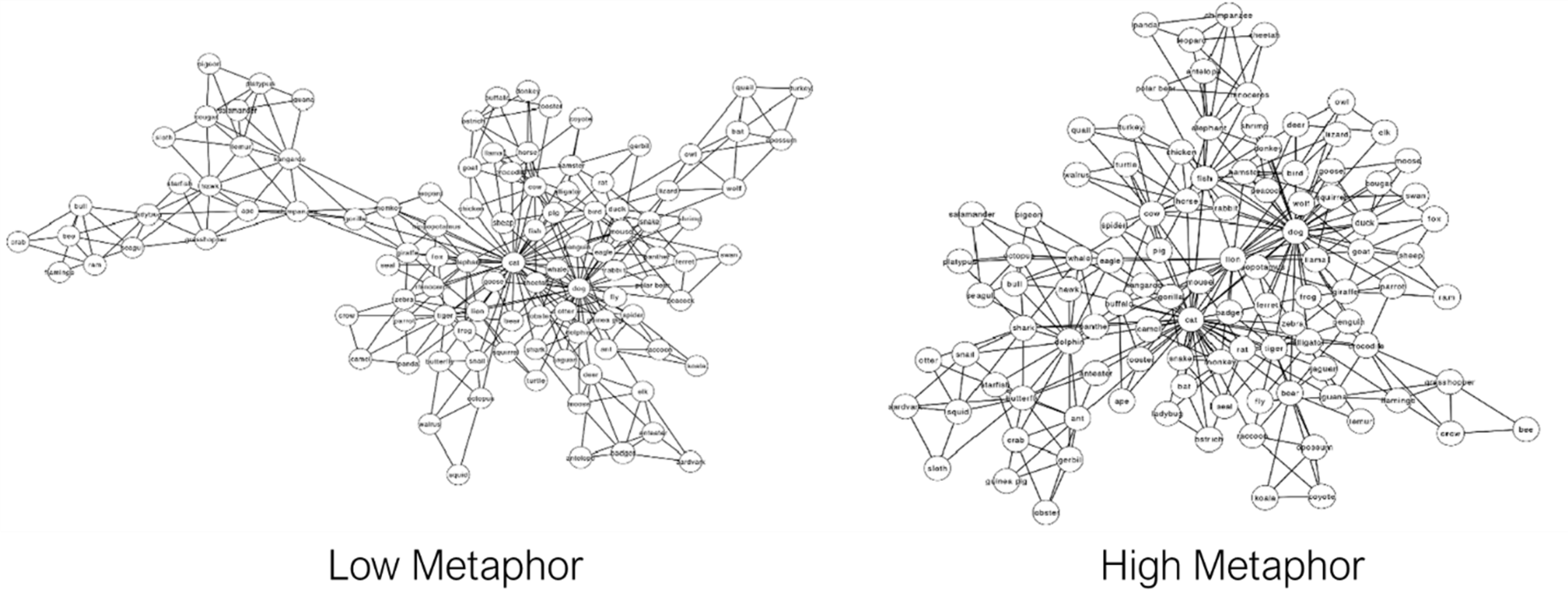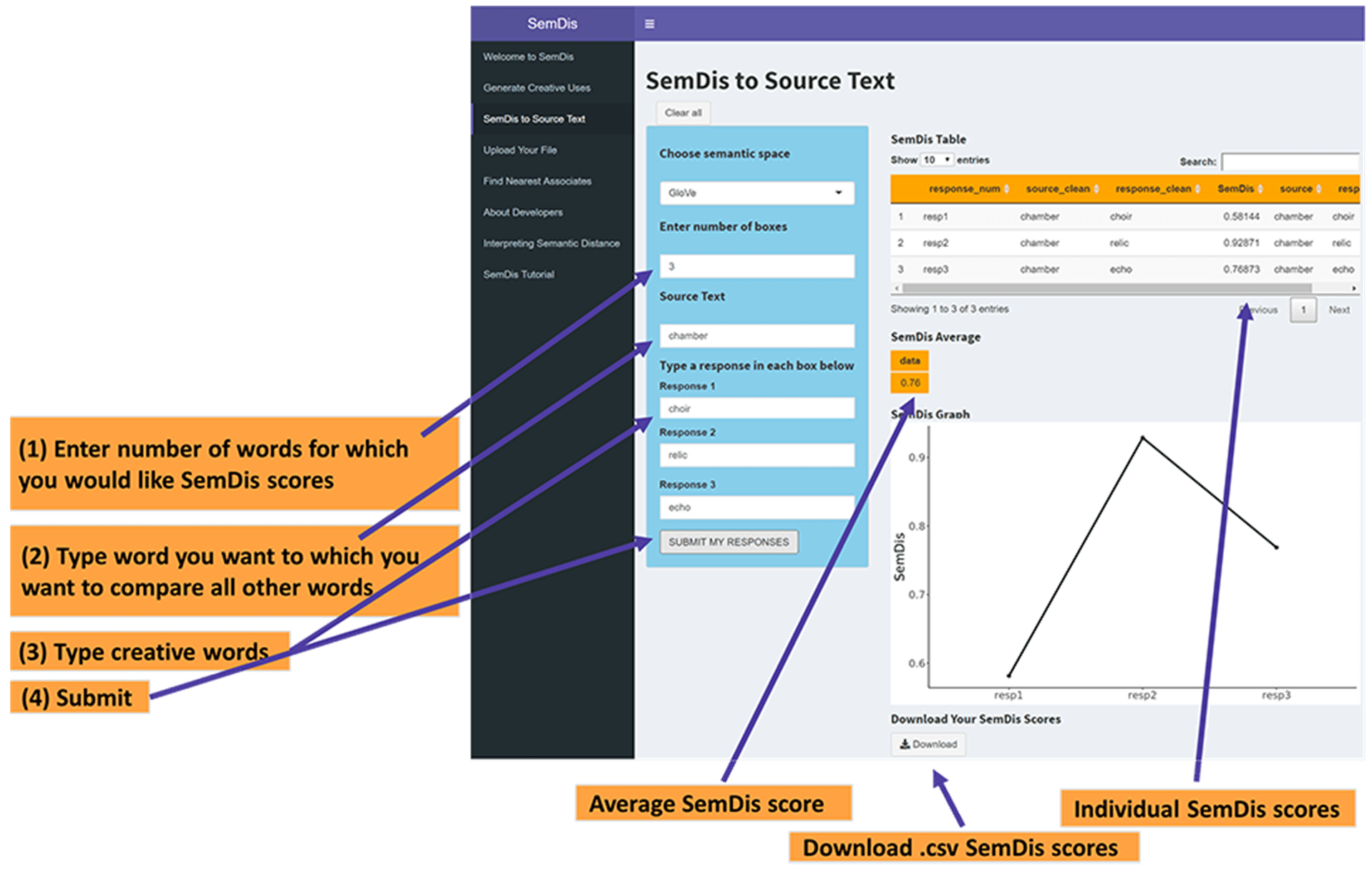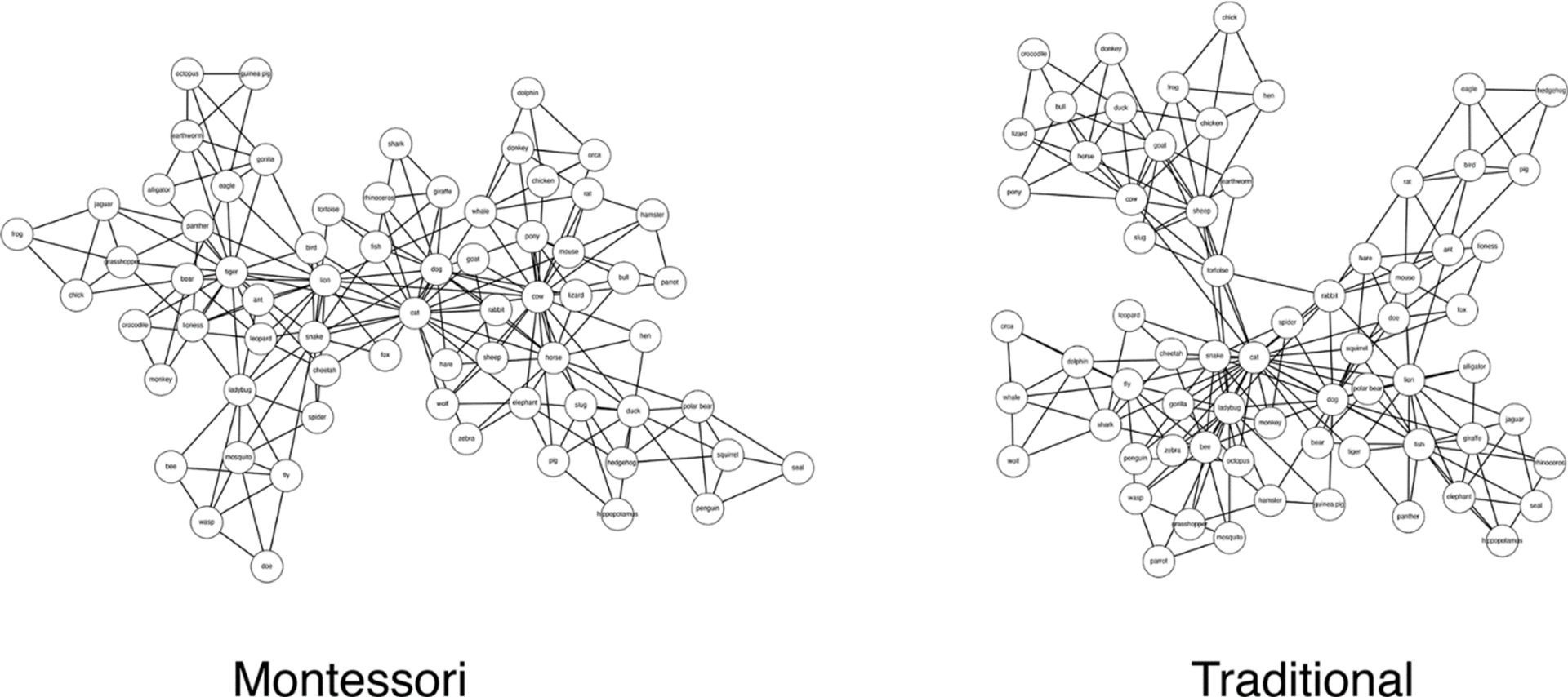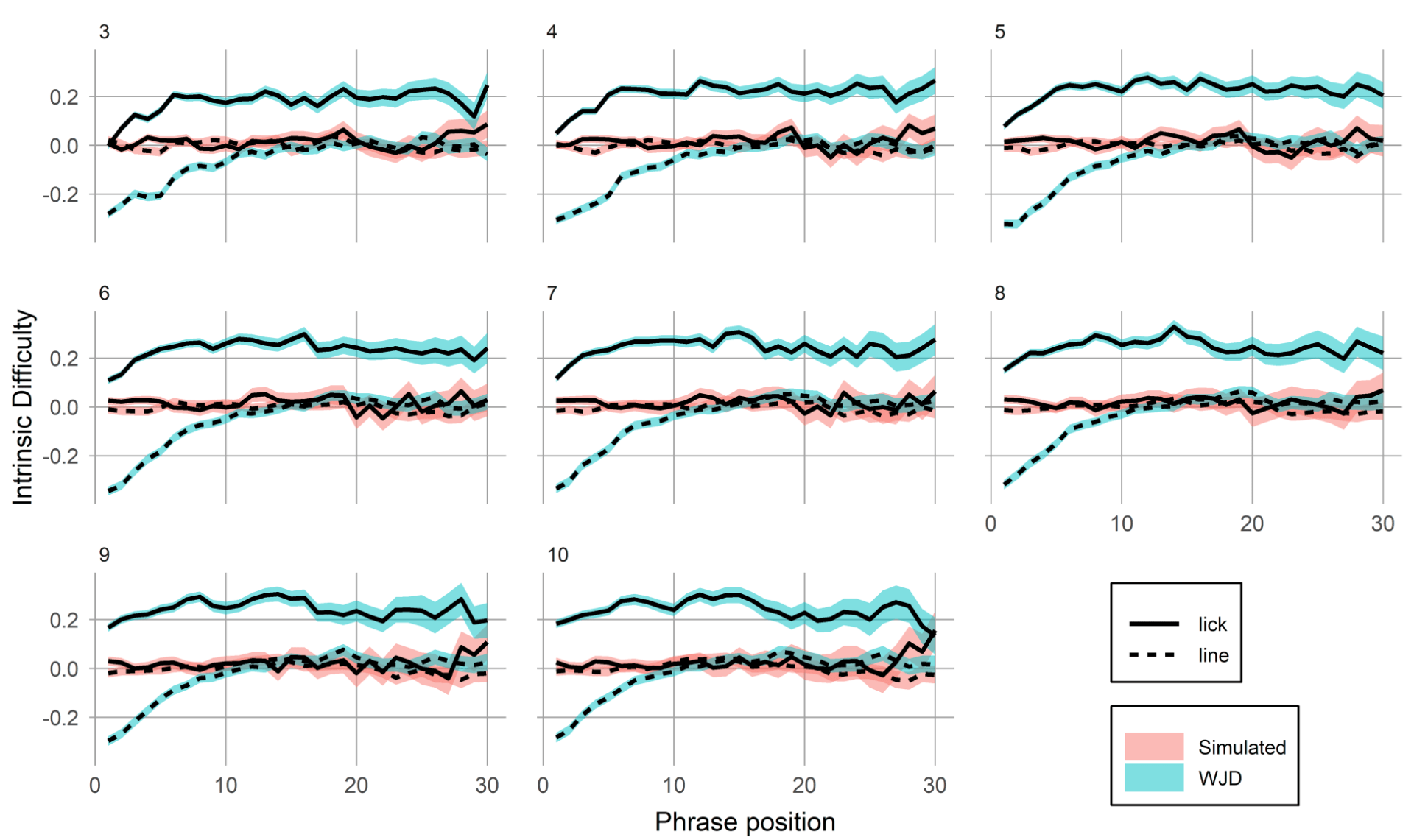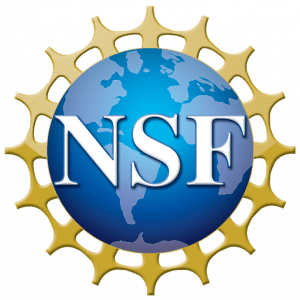Creative Cognition And Brain Network Dynamics
Using network neuroscience methods, we examine brain dynamics associated with various modes of creative thought (e.g., idea generation), aiming to isolate contributions of specific cognitive processes (e.g., memory retrieval and executive control). These findings and other recent work have shown that creative thinking involves dynamic interactions between the default and executive control networks, potentially reflecting an interplay between spontaneous and controlled modes of cognition. We are currently exploring how modulating brain network dynamics with transcranial electrical stimulation (tES) and neurofeedback impacts creative performance.
Cognitive Mechanisms of Creative Thinking
Creative thinking can be viewed as a form of “high-level” cognition, or the product of various “lower-level” cognitive mechanisms (e.g., memory, attention, and cognitive control). Our lab examines the roles of these cognitive mechanisms in explaining creative thinking ability.
We are particularly interested in studying variation in semantic memory structure, i.e., differences in how people represent concepts stored in long-term memory. To this end, we use tools from network science to characterize variation in semantic memory structure. Studies from our lab and others (including one of our collaborators, Yoed Kenett) have found that highly creative people exhibit a more “flexible” semantic network structure, characterized by high connectivity and short path distances between concepts, with lower modularity. This flexible network structure, compared to a rigid structure, may be more conducive to connecting remote concepts when thinking creatively. Current work examines how semantic networks change through various interventions, as well as individual differences in semantic network dynamics over time.
Computational Creativity Assessment
Our lab also develops and tests computational methods for measuring creative thinking. One line of this work uses distributional semantic models (e.g., LSA, word2vec, BERT) to quantify semantic distance—the extent to which concepts are “far apart” in semantic space. Semantic distance offers an automated alternative to manual/subjective scoring, and it tends to correlate with human ratings of creativity. We recently applied distributional semantic models to capture creativity in short stories, a method we termed word-to-word semantic diversity (w2w SemDiv). To increase the accessibility of these assessment tools, we created an open access website (semdis.wlu.psu.edu) where people can compute semantic distance/diversity for a range of verbal creativity tasks, with tutorials and documentation. We are now testing various applications of these methods for verbal creativity assessment, as well as developing machine learning methods for predicting creativity on drawing tasks.
The lab also contributes to the development and psychometric validation of game-based creativity assessments through our collaboration with the Center for Hybrid Intelligence.
Learning and Creativity
Recently, we have been interested in understanding the relationship between learning and creativity. In one study, we explored whether different educational approaches influence how children represent concepts in semantic memory—a cognitive system central to creative thinking. As a test case, we studied children from Montessori schools, which is a “child-centered” approach where children learn about concepts through discovery-based work. Compared to students from traditional schools, Montessori students showed a more “flexible” semantic network structure (i.e., high connectivity between concepts, less rigid structure), as well as higher scores on creativity tests. We are currently conducting lab experiments to further characterize the relationship between learning and creativity, with the goal of yielding practical insights for education.
Our lab is also collaborating with a team of artists, educators, and researchers (ootiboo) to study creativity in thousands of primary school children in the United Kingdom. We are conducting a longitudinally study of creativity development while exploring ways of incorporating creativity into school curricula.
Musical Creativity
We also study creativity in the domain of music, focusing on musical improvisation. One recent study uncovered a link between music and language production. By analyzing the improvisations of several legendary jazz artists (e.g., Miles Davis), we identified a sequencing bias in their performances that is consistently seen in language production called easy first—the tendency for more easily accessible/less complex sequences to occur before more difficult/complex sequences. Like speaking, improvising is a cognitively demanding process: improvisers must create new music in real-time, with little time to plan their performances. Playing easier sequences first may allow improvisers to incrementally plan their performances, similar to how people tend to incrementally plan what they are going to say next in a conversation. Ongoing projects in the lab aim to extend this corpus-based research by studying cognitive and neural correlates of sequencing biases in improvising musicians.
Scientific Creativity
Another creative domain that we explore is scientific creativity. Although creativity is central to scientific discovery, very little is known about how to measure and foster creative thinking in science education. We are collaborating with researchers at Georgetown (Adam Green) and Johns Hopkins (Mariale Hardiman) to develop classroom-aligned tests of scientific creative thinking, which measure student’s ability to come up with original research questions, hypotheses, and experimental designs. We are also examining brain networks that support scientific creative thinking, aiming to characterize the commonalities and differences in networks that support general creative thinking. This ongoing research is generously supported by a grant from the National Science Foundation.

